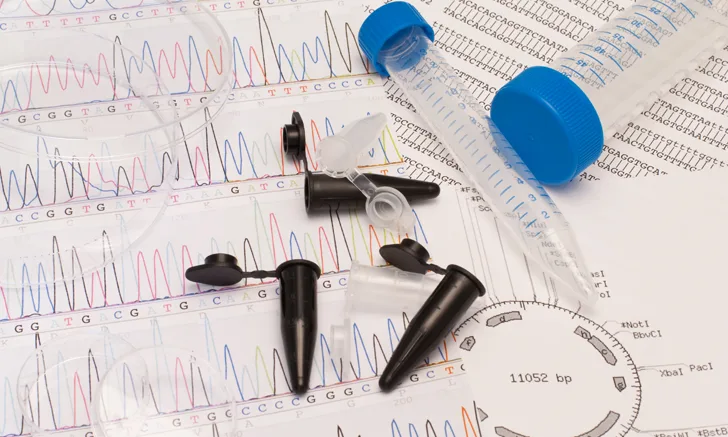Differential Diagnosis: Hyperglobulinemia
Julie Allen, BVMS, MS, MRCVS, DACVIM (SAIM), DACVP (Clinical), Durham, North Carolina

Following are differential diagnoses for patients presented with hyperglobulinemia. Hyperglobulinemia can be caused by monoclonal or polyclonal gammopathies; serum electrophoresis is required for differentiation and can help prioritize possible diagnoses. Polyclonal gammopathies are composed of nonalbumin proteins (ie, globulins) and are typically caused by inflammation, infection, or immune stimulation. Monoclonal gammopathies typically result from production of a single type of globulin protein and are most commonly associated with neoplastic causes, although rare non-neoplastic causes have also been described.
Acute-phase reactant response (ie, tissue injury of any cause [eg, inflammation, acute bacterial or viral infection, necrosis, neoplasia, trauma]; typically mild)*
Chronic antigenic stimulation/inflammation*
Bacterial endocarditis
Chronic skin disease
Immune-mediated disease (eg, systemic lupus erythematosus, immune-mediated hemolytic anemia)
Infectious disease (eg, FIP, leishmaniasis, heartworm disease, coccidioidomycosis, ehrlichiosis, hepatozoonosis, pythiosis, bartonellosis)
Liver disease (eg, lymphocytic cholangitis)
Severe dental disease
Hemoconcentration (concurrent increase in albumin)
Nephrotic syndrome*
Paraproteinemia (due to abnormal immunoglobulin production resulting in a monoclonal gammopathy)
Infectious disease-associated monoclonal gammopathies (usually immunoglobulin G; eg, Dirofilaria immitis, Ehrlichia canis, visceral leishmaniasis)
Inflammatory disease (eg, lymphoplasmacytic enteritis, cutaneous amyloidosis; rare)
Neoplasia
Chronic lymphocytic leukemia
Extramedullary plasmacytomas that affects the skin (dogs), GI tract, or liver
Lymphoma
Multiple myeloma
Waldenström macroglobulinemia
*Usually polyclonal gammopathies